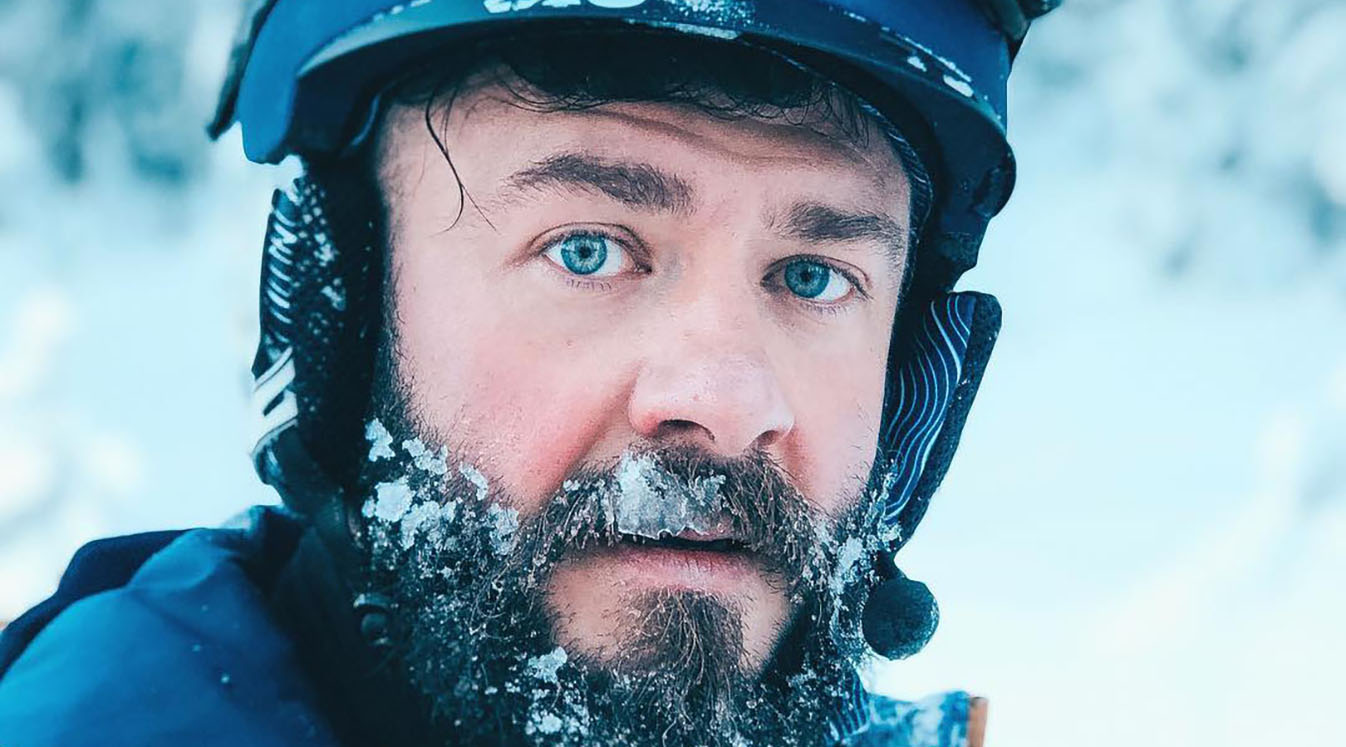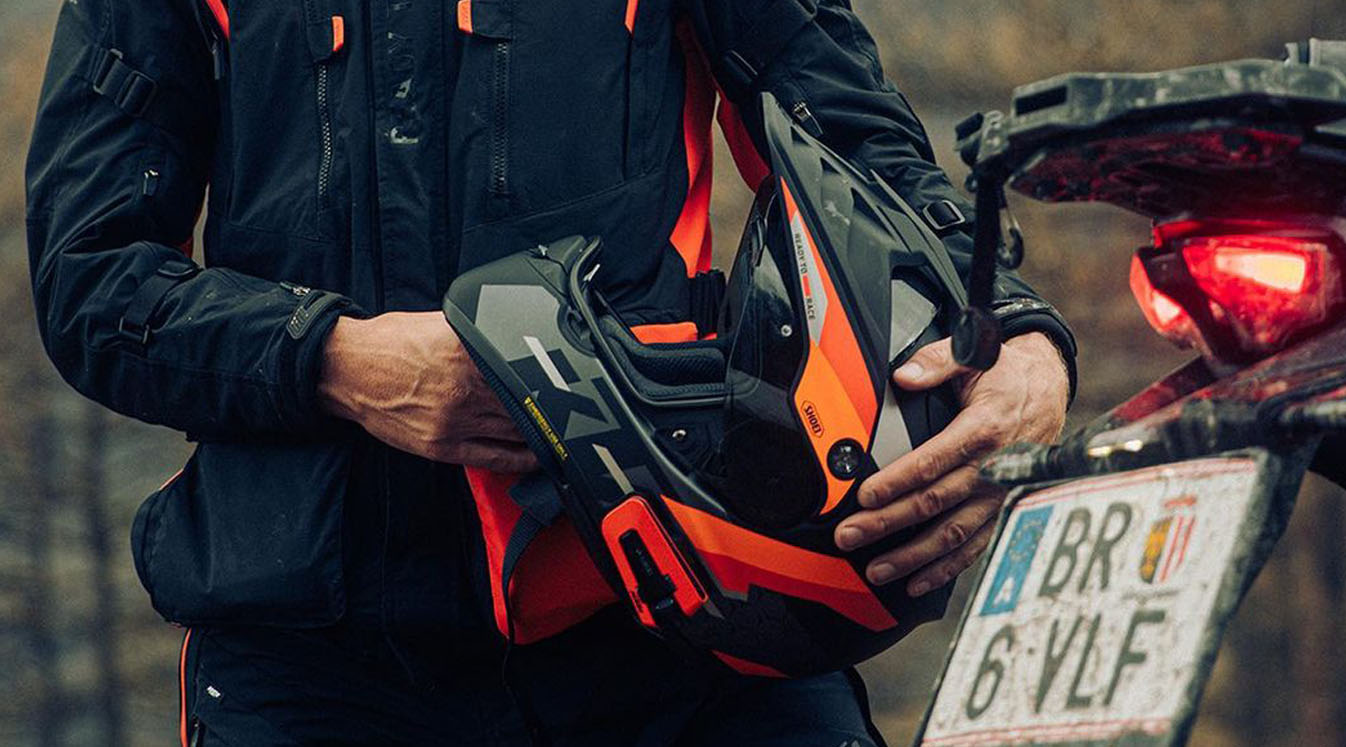Riding an ATV isn’t like riding a bike. These powerful four-wheeled machines can travel up to 90 mph as you cruise through the wilderness. The experience can leave you exposed to the elements in just about every way imaginable. That’s why every ATV rider needs to wear proper safety gear, including a helmet to protect your head, long sleeves and pants that cover your skin and a reliable helmet communication system for coordinating to your destination.
If you’re new to ATV riding, use this guide to stock up on the proper gear before you hit the trail.
ATV Riding Gear Essentials
Start by creating a safety checklist for your riding gear. Add these items to your shopping list or set them aside to make sure you have everything you need to ride.
Use Helmet Communication to Stay Safe on the Trail
Helmet
A helmet is required when driving an ATV. You’ll need a helmet that has been approved by the Department of Transportation (DOT). You can use either a full-face helmet or a half-face helmet as long as you wear them with goggles. The helmet will protect your face from dirt and debris and shield your eyes from the sun to help you see where you’re going.
Full-face helmets are safer and easier to use than half-face helmets. They provide better insulation from the outdoors. You don’t have to worry about your goggles slipping down your face or your helmet being too loose. Use the chin strap to secure the helmet over your head. It should stay in place when you bend over or lean to the side. When shopping for goggles, look for a pair with a V-8, VESC-8 or Z87.1 rating.
Communication System
It’s easy to get lost when you’re exploring remote areas. You’ll need to find a way to navigate to your destination while driving. It’s never safe to use your phone while moving and pulling over to the side of the trail to check your phone may not be an option.
ATVs also only fit one person at a time, so you’ll need to find a way to communicate with your peers from afar so you can stay together as a group.
Every rider should use a Bluetooth communication system to talk hands-free on the trail. The device wirelessly connects to your phone or GPS, so you can keep the conversation going or check the directions without taking your eyes off the path. Use a system with dynamic meshwork communication to stay connected. The device creates a direct link between you and everyone in your group so you don’t have to manually reset the connection when you fall out of range. Just speak into the microphone and the device will connect you automatically.
Skin Protection
It’s best to cover up as much as possible when cruising around on a motorcycle or ATV. These vehicles don’t come with cab enclosures, which can leave you exposed to bug bites, flying debris, sunburn, rashes and all kinds of unfortunate outcomes. This is true even when it’s over 90 degrees outside.
Plan to cover up in all seasons and choose riding gear that will work in any temperature.
Riding Jacket
It all starts with a secure riding jacket. It should be durable enough to protect your skin from moisture, bugs and other hazards on the trail, but light enough so that you won’t overheat in the summer. Find a jacket with good ventilation properties to let the moisture dry. You should be able to fit extra layers under the jacket when the temperature drops.
Find a Communication System with Dynamic Meshwork Communication
Gloves
You’ll also need a strong pair of gloves that withstand some aggressive wear and tear. Keeping your hands safe and dry is essential when riding an ATV, considering you need your hands to control the vehicle. The gloves should be cut-resistant and breathable so your hands don’t get too sweaty. The sleeves of your jacket should reach over the gloves to keep your skin covered.
Boots
Rugged riding boots are also a must. They should keep your feet warm and dry. Your pants should extend over the cuffs of your boots and socks.
Guards and Pads
ATVs don’t come with seat belts, so consider adding another layer of protection in case you get into an accident. Strap on some chin, knee and chest guard pads to reduce the chances of injury.
Riding an ATV can be a blast as long you do so responsibly. Add these items to your checklist to protect yourself from Mother Nature.





